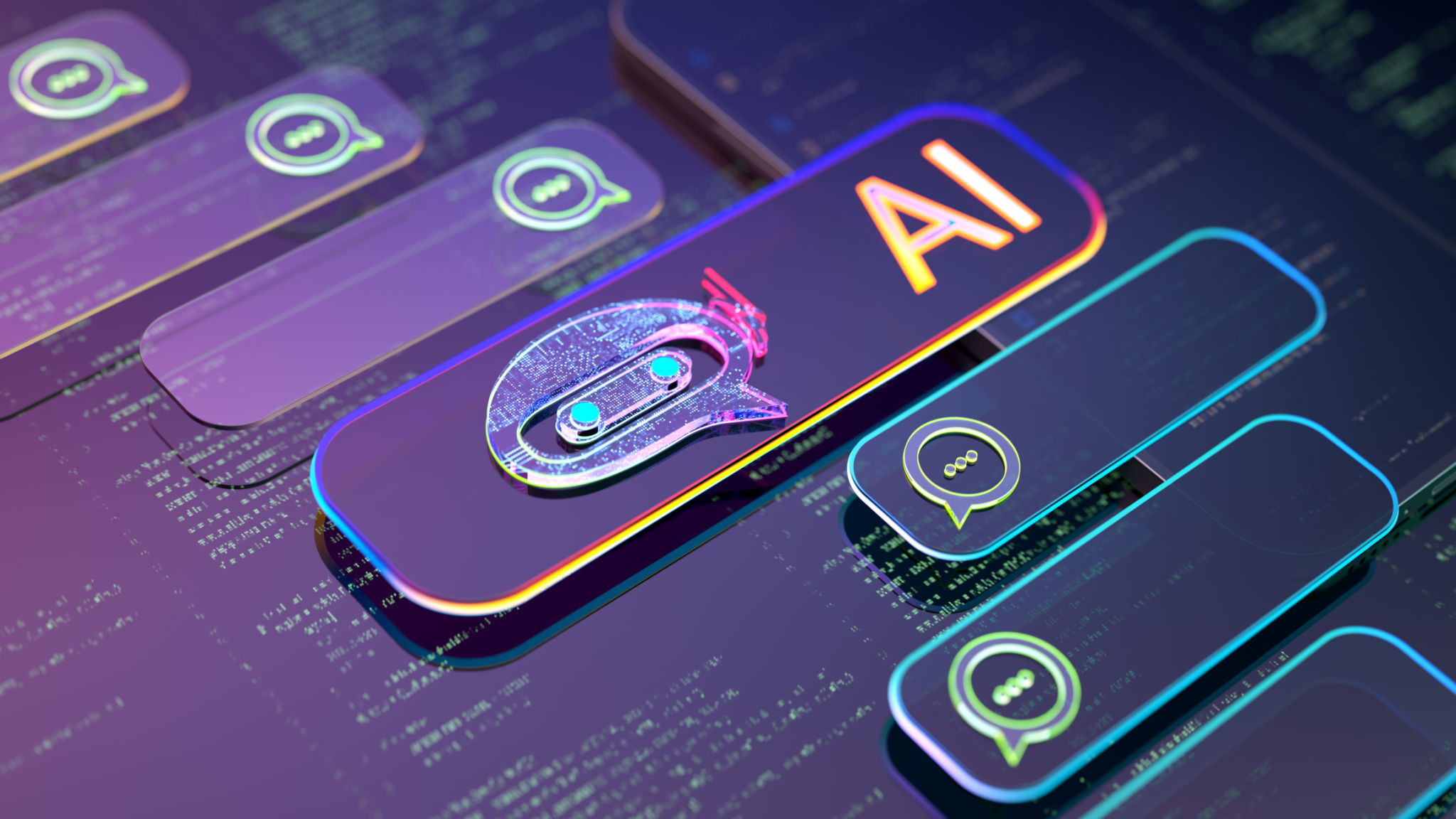Debunking Common AI Myths: Insights from GPT Arch Experts
MT
Understanding AI: Separating Fact from Fiction
Artificial Intelligence (AI) has rapidly become a fixture in our daily lives, yet misconceptions persist about its capabilities and limitations. These misunderstandings often stem from media portrayals and a general lack of understanding. In this post, we aim to debunk some of the most common AI myths with insights from GPT Arch experts.

Myth 1: AI Can Think and Feel Like Humans
One of the most pervasive myths is that AI can think and feel like humans. In reality, AI lacks consciousness and emotions. It operates based on algorithms and data, not intuition or sentiment. While AI can simulate conversation and mimic certain human behaviors, it doesn't possess self-awareness or emotional depth. Understanding this distinction is crucial in setting realistic expectations for AI applications.
Myth 2: AI Will Replace All Jobs
Another widespread fear is that AI will lead to massive job losses across industries. While it's true that AI can automate certain tasks, it also creates new opportunities and roles. For instance, AI technology can handle repetitive tasks, allowing humans to focus on more strategic and creative work. In fact, the integration of AI is expected to spawn jobs in AI maintenance, development, and ethical governance.

Myth 3: AI Is Only for Tech Giants
Many people believe that only large tech companies can leverage AI effectively. However, the democratization of AI tools and platforms has made it accessible to businesses of all sizes. Small to medium-sized enterprises can benefit from AI by optimizing operations, improving customer service, and gaining data-driven insights. As the technology becomes more user-friendly, its adoption continues to grow across various sectors.
Myth 4: AI Systems Are Infallible
There is a common misconception that AI systems are perfect and free from errors. In truth, AI is only as good as the data it is trained on. Biases in data can lead to biased AI outcomes. Moreover, AI systems require regular updates and maintenance to perform optimally. Human oversight is essential to ensure that AI applications are used ethically and effectively.

The Importance of Continuous Learning
AI technology is continually evolving, which means our understanding of it must evolve as well. Engaging with experts and staying informed about the latest developments can help dispel myths and foster a more accurate perception of what AI can and cannot do. By embracing continuous learning, we can better leverage AI's potential while safeguarding against its risks.
Conclusion: Embracing AI with Informed Perspective
Debunking these common myths is a step towards a more informed dialogue about AI technology. By separating fact from fiction, we can approach AI with a balanced perspective—recognizing both its potential benefits and its limitations. With knowledge and responsible use, AI can be a powerful tool that enhances various aspects of our lives.
